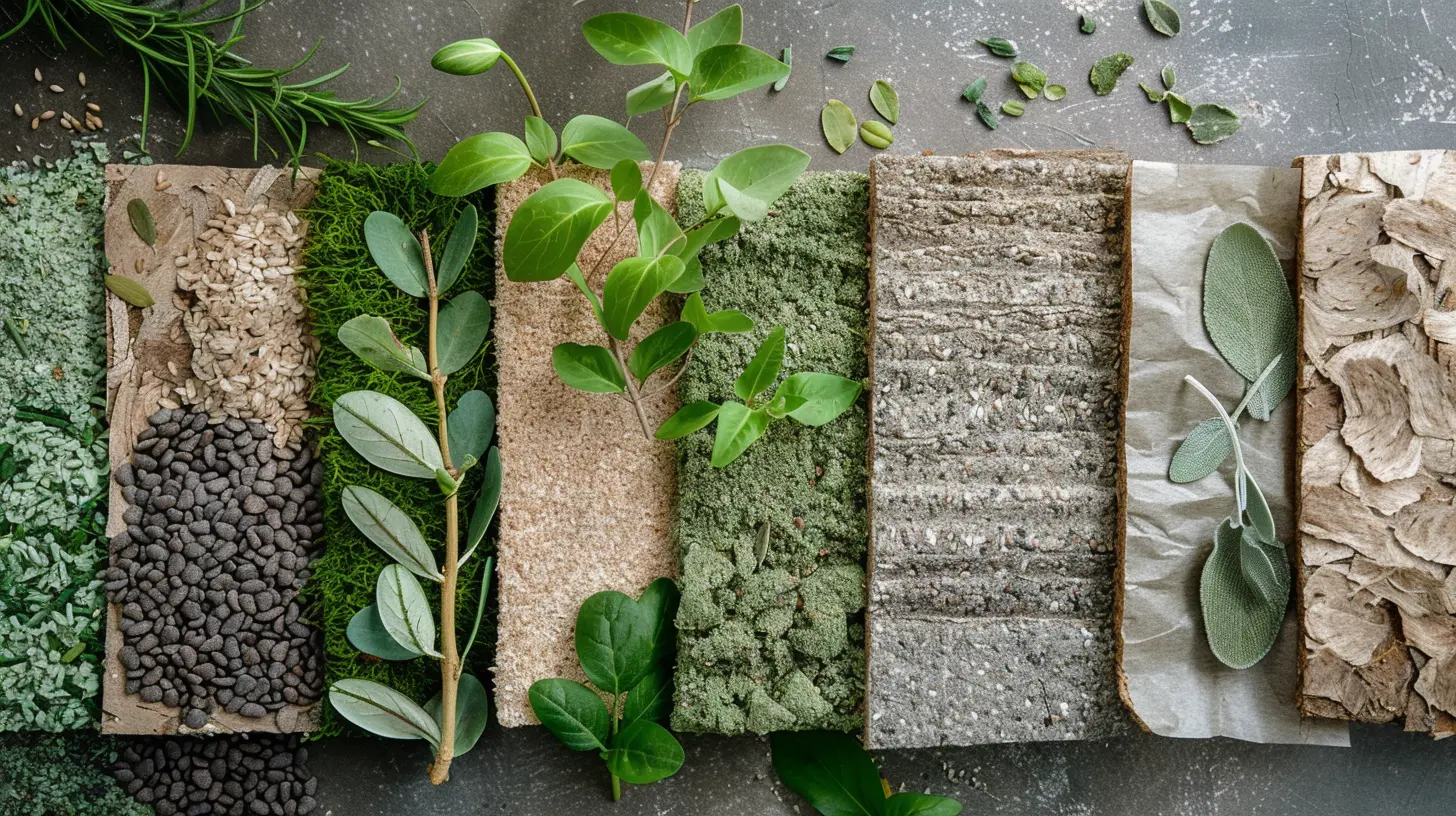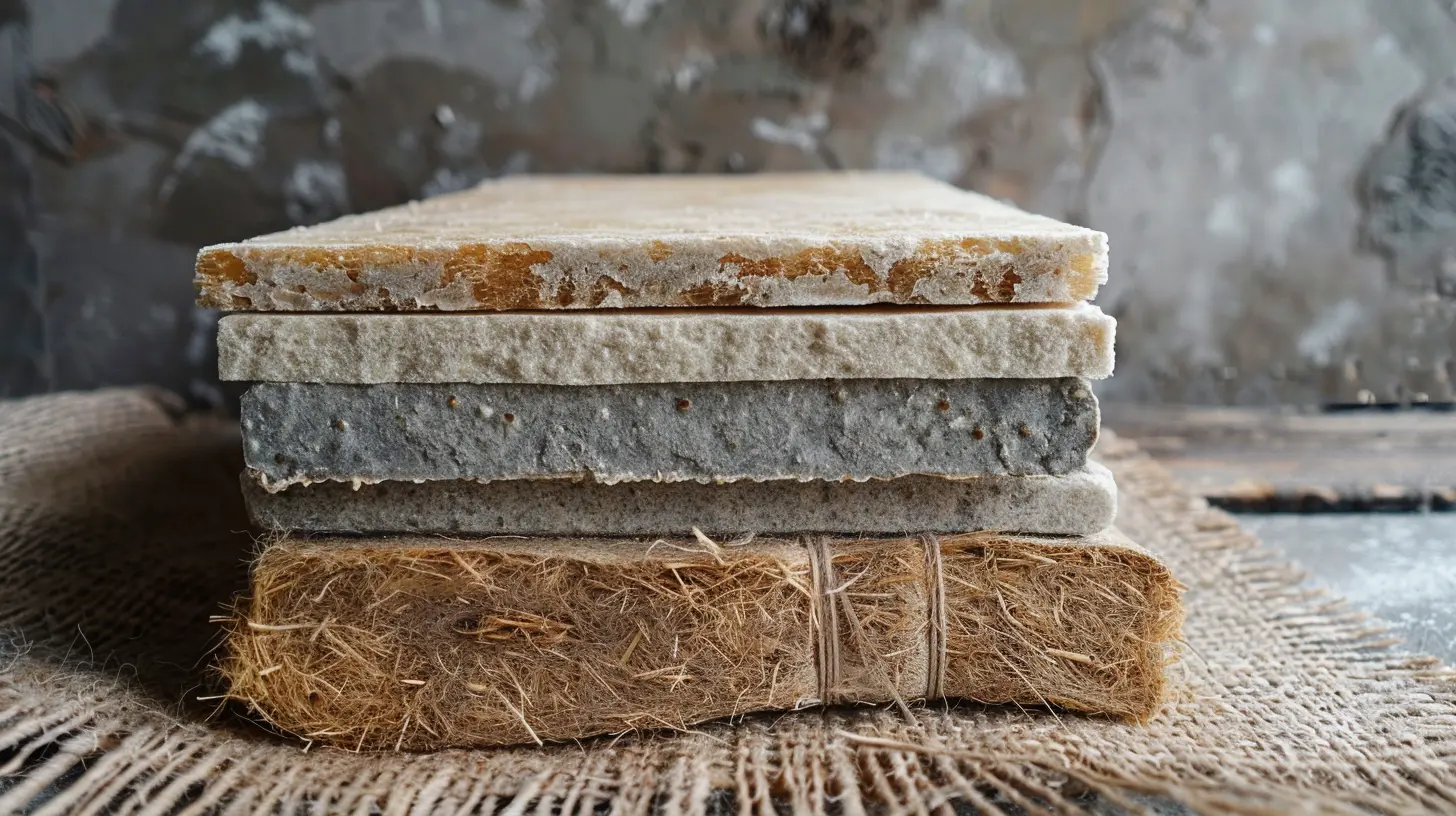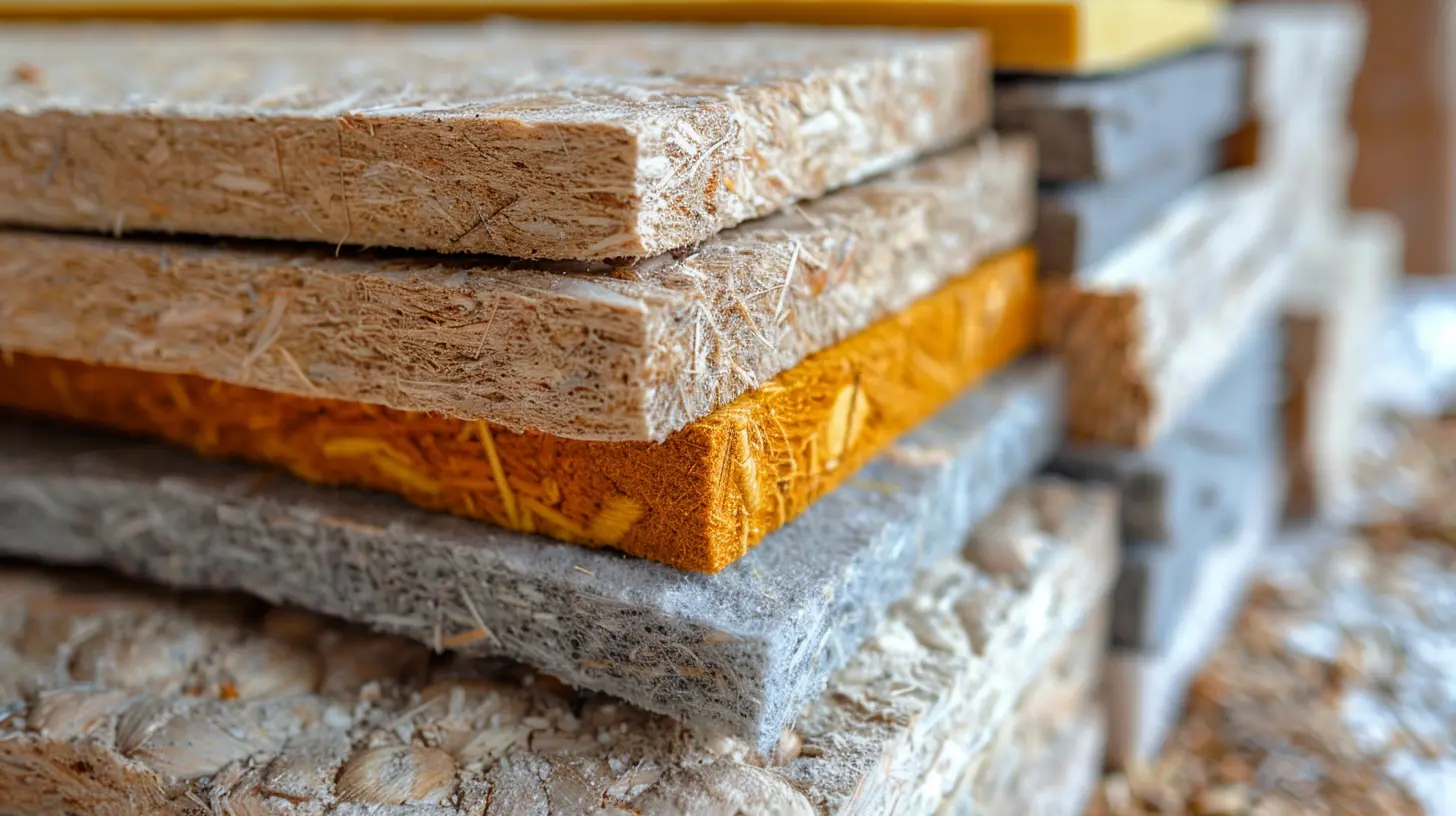Natural Insulation Materials for a Greener Household
16 June 2025
When it comes to building an energy-efficient home, insulation plays a massive role. It keeps the warmth inside during winter and the heat out during summer, reducing the need for excessive heating and cooling. That means lower energy bills and a smaller carbon footprint—win-win, right? But here's the thing: not all insulation materials are created equal. Some are packed with harmful chemicals, while others are made from synthetic materials that aren't exactly eco-friendly.
So, what’s the green solution? Natural insulation materials! These are sustainable options that not only provide excellent thermal performance but also contribute to a healthier indoor environment. If you're thinking about upgrading your home's insulation while keeping things eco-friendly, you're in the right place.
Let’s dive into the best natural insulation materials, their benefits, and how they can transform your household into a greener, more energy-efficient space. 
Why Choose Natural Insulation?
Before we jump into specific materials, let’s talk about why natural insulation is worth considering.1. Eco-Friendly – Unlike synthetic insulation, natural materials are biodegradable, renewable, and often sourced sustainably.
2. Healthier Indoor Air Quality – Many conventional insulation products contain volatile organic compounds (VOCs) that off-gas harmful chemicals. Natural insulation avoids this problem.
3. Energy Efficiency – These materials provide great thermal performance, reducing the need for artificial heating and cooling.
4. Moisture Regulation – Natural materials tend to be breathable, preventing mold and dampness in your home.
5. Durability – Some natural options are just as durable (if not more) than artificial alternatives.
Now that we know why natural insulation is worth it, let's look at some of the best options available. 
1. Sheep’s Wool Insulation
When you think of wool, you probably picture warm sweaters or cozy blankets, right? Well, it turns out that wool works just as well when used as insulation for your home.Benefits of Sheep’s Wool Insulation
- Excellent Thermal Performance – Wool naturally traps air, making it an outstanding insulator.- Moisture Absorption – It can absorb and release moisture without losing its insulating abilities.
- Fire-Resistant – Wool has natural flame-retardant properties, making it a safe choice.
- Air Purification – It can absorb indoor air pollutants like formaldehyde, making your home healthier.
Where to Use It?
Sheep’s wool insulation is perfect for walls, floors, and attics. It’s particularly useful in places where moisture can be an issue since it regulates humidity levels.
2. Cork Insulation
Cork isn’t just for wine bottles! This natural material is an underrated champion when it comes to insulation.Benefits of Cork Insulation
- Sustainable and Renewable – Cork is harvested from the bark of cork oak trees without harming the tree itself.- Resistant to Pests and Mold – Unlike some other materials, pests and mold don’t find cork appealing.
- Great Sound Insulation – If you’re looking for both thermal and sound insulation, cork does a fantastic job.
- Fire-Resistant – Cork contains natural fire-retardant properties.
Where to Use It?
Cork insulation is commonly used in walls and floors. Due to its sound-dampening properties, it’s great for apartments or houses near busy streets.
3. Hemp Insulation
Hemp is often hailed as a wonder plant, and for good reason. It grows quickly, requires minimal water, and can be used for everything from paper to textiles—and of course, insulation!Benefits of Hemp Insulation
- Sustainable Growth – Hemp grows quickly without pesticides, making it an eco-friendly option.- Durable and Long-Lasting – Hemp insulation can last decades without degrading.
- Moisture and Mold Resistant – Prevents the buildup of mold and mildew, keeping your home fresh.
- High Breathability – Allows air to circulate, reducing condensation issues.
Where to Use It?
Hemp insulation works well in walls, roofs, and floors. It’s particularly useful in eco-friendly building projects aiming for sustainability.4. Cotton (Denim) Insulation
Did you know that your old jeans might be insulating someone's home? That’s right—recycled denim is used as an effective insulation material.Benefits of Cotton Insulation
- Recycled and Sustainable – Made from old denim and other cotton scraps, reducing landfill waste.- Non-Toxic – Unlike fiberglass insulation, cotton insulation contains no harmful irritants.
- Great Thermal and Sound Insulation – Helps keep heat in while reducing outside noise.
- Easy to Handle – No special protective gear is needed when installing cotton insulation.
Where to Use It?
Cotton insulation is commonly used in attics, walls, and floors, especially in homes looking for non-toxic materials.5. Wood Fiber Insulation
Wood isn’t just for furniture and floors—it’s also an excellent insulation material! Wood fiber panels and batts are becoming increasingly popular in eco-friendly construction.Benefits of Wood Fiber Insulation
- Renewable and Biodegradable – Sourced from wood chips, making it a sustainable choice.- Breathable – Allows moisture to escape, preventing condensation issues.
- Good Thermal Mass – Helps regulate indoor temperature throughout the day.
- High Durability – Can last for decades when properly installed.
Where to Use It?
Wood fiber insulation is ideal for walls, floors, and roofs. It provides a natural look and feel to eco-conscious homes.6. Straw Bale Insulation
Straw bales might sound old-school, but they are making a comeback in sustainable building!Benefits of Straw Bale Insulation
- Highly Sustainable – Straw is an agricultural byproduct that would otherwise go to waste.- Great Insulation Properties – Provides excellent thermal resistance.
- Fire-Resistant – Compressed straw bales are surprisingly fire-resistant when built properly.
- Affordable – Straw is one of the most cost-effective insulation materials available.
Where to Use It?
Straw bale insulation is frequently used in walls for eco-friendly homes. It’s especially popular in rural and off-grid housing projects.Choosing the Right Natural Insulation Material
Now that we’ve covered several natural insulation options, how do you pick the right one for your home? Here are a few things to consider:- Climate – Some materials work better in humid environments, while others are ideal for dry regions.
- Budget – Some options, like straw, are more affordable compared to wool or wood fiber.
- Installation Requirements – Some materials require professional installation, while others can be DIY-friendly.
- Longevity – Consider how long the insulation material will last before needing replacement.
Final Thoughts
Switching to natural insulation materials is a great way to make your home more energy-efficient while reducing your environmental footprint. Whether you’re building a new home or upgrading your existing insulation, options like wool, hemp, cork, and straw provide sustainable, healthy, and effective alternatives to traditional insulation.By choosing these eco-friendly materials, you're not just keeping your house cozy—you’re also taking a step towards a greener planet. So, if you're planning an insulation upgrade, why not consider going natural? Your home (and the Earth) will thank you for it!
all images in this post were generated using AI tools
Category:
Sustainable HousingAuthor:

Cynthia Wilkins
Discussion
rate this article
3 comments
Valeria Dodson
Great insights on sustainable options!
June 23, 2025 at 11:20 AM

Cynthia Wilkins
Thank you! I'm glad you found the insights helpful!
Lyla McVicar
Going green? Don’t leaf insulation to chance!
June 20, 2025 at 11:33 AM

Cynthia Wilkins
Absolutely! Choosing natural insulation is a smart way to enhance energy efficiency and promote sustainability in your home.
Kalani Willis
Great article! It's so inspiring to see how natural insulation materials can make our homes both cozy and eco-friendly. Small changes like these can really make a big difference!
June 17, 2025 at 11:41 AM

Cynthia Wilkins
Thank you for your kind words! I'm glad you found the article inspiring—every small change truly contributes to a greener future!



